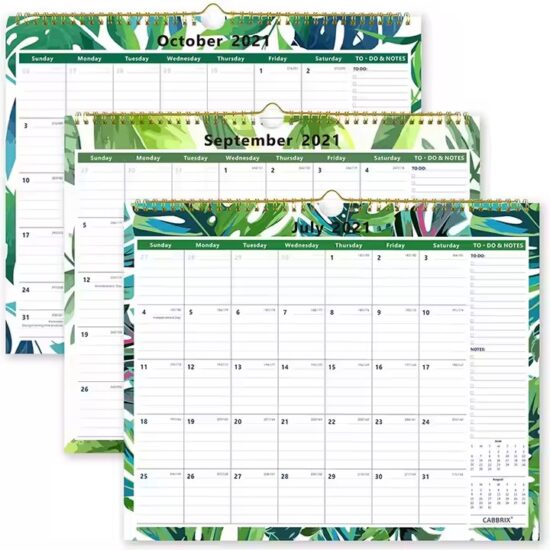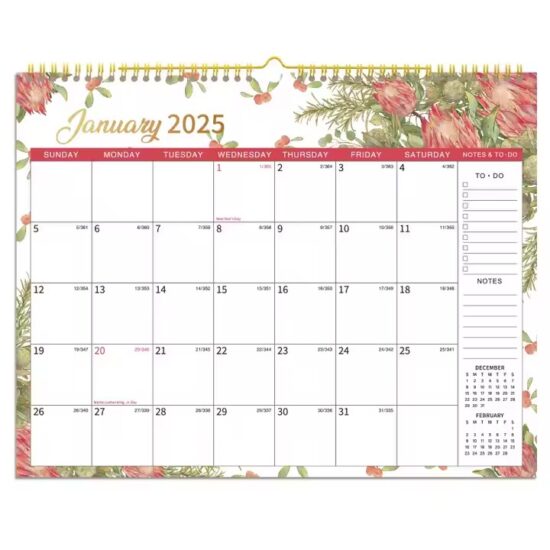bob@nbdho.com
Detailed Guide to the Wall Calendar Customization Process
Detailed Guide to the Wall Calendar Customization Process
Customizing wall calendars allows businesses and individuals to create personalized products that reflect their brand, style, or message. Whether for promotional use, corporate gifting, or personal organization, understanding the customization process ensures a smooth production flow and a final product that meets expectations. This guide breaks down each step of the wall calendar customization process in detail.
1. Initial Consultation and Requirement Gathering
The process begins with discussing the client’s needs, including:
-
Purpose of the calendar (promotion, gifting, internal use)
-
Desired quantity and budget
-
Target audience and distribution channels
-
Preferred size, style, and materials
This stage sets the foundation for design and production.
2. Concept and Design Development
Designers create initial concepts based on client input:
-
Selecting themes, color schemes, and fonts
-
Incorporating branding elements like logos and slogans
-
Choosing imagery or artwork for each month or section
Clients review mockups and provide feedback for revisions.
3. Paper and Material Selection
Choosing the right paper stock and materials affects the calendar’s look and durability:
-
Paper types (coated, uncoated, recycled)
-
Finishes (glossy, matte, textured)
-
Binding options (spiral, stapled, glued)
This decision balances quality, aesthetics, and cost.
4. Printing and Proofing
Once the design is finalized, a test print or proof is created:
-
Checking color accuracy and image clarity
-
Ensuring layout and text alignment
-
Making final adjustments before mass production
Proofing helps avoid costly errors and guarantees satisfaction.
5. Production and Assembly
After approval, printing begins at scale:
-
Printing the pages or sheets using chosen methods (offset, digital)
-
Binding and finishing the calendar (adding hooks, spiral binding, perforations)
-
Quality control checks to ensure consistency and defect-free products
6. Packaging and Delivery
Finished calendars are packaged according to client specifications:
-
Individual wrapping for protection
-
Bulk packaging for shipment
-
Branding on packaging if required
Timely delivery completes the customization cycle.
Tips for a Successful Customization Process
-
Maintain clear communication throughout all stages
-
Request samples or prototypes when possible
-
Plan ahead to accommodate design revisions and production timelines
-
Choose experienced suppliers with proven expertise in calendar production
Conclusion
The wall calendar customization process involves multiple coordinated steps from concept to delivery. By understanding each phase and working closely with suppliers, clients can achieve personalized calendars that effectively promote their brand and serve practical purposes. A well-managed customization process results in high-quality products that delight users and enhance business value.

